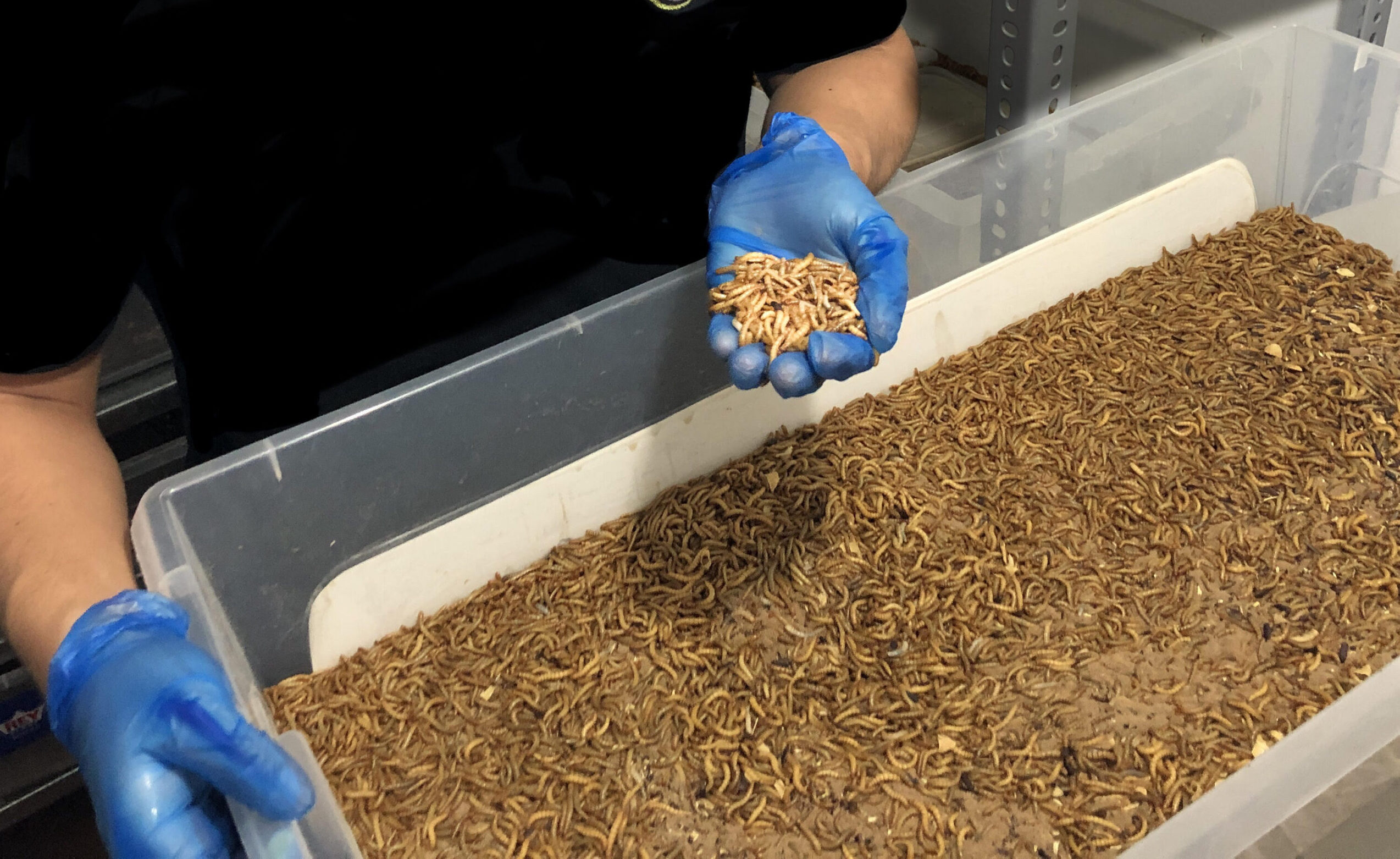Meet the Mealworm beetle: the EU has authorized flour from insect larvae
5 February 18:15 VIDEO
VIDEO
On February 10, a new regulation will come into force in the European Union that allows adding powder from the larvae of the flour beetle (Tenebrio molitor) to bread, cheese, pasta and other foods. It was reported by "Komersant Ukrainian" with reference to European media.
On January 20, the European Commission approved an amendment to the EU regulation that allows placing on the market a powder of Tenebrio molitor larvae treated with ultraviolet light. According to the regulation, such powder can account for up to 4% of food.
This decision was made despite attempts by right-wing groups in the European Parliament to block the addition of yellow grubs to the list of new EU food products.
For the next five years, the French company Nutri’Earth will have the exclusive right to place this product on the market. In the summer of 2023, the European Food Safety Authority (EFSA) confirmed the safety of the larvae powder, subject to the proposed conditions of use.
on January 15, the European Parliament’s Committee on the Environment, Health and Safety (ENVI) rejected a proposal by French conservative Laurence Trochu to block the approval of grub meal.
Читайте нас у Telegram: головні новини коротко
The European Union is setting a course for insect consumption
The European Commission is actively promoting the inclusion of edible insects in European food culture as an alternative source of protein. This decision is said to be driven by the growing demand for food amid declining agricultural yields. In addition, this is how the EU fights against the consumption of meat, which is considered harmful to health.
EFSA is currently considering more than a dozen applications for the evaluation of food products derived from edible insects. These include products made from black lionfly larvae, drone brood of honey bees, house crickets and other insects.
The new rules require mandatory labeling of products containing insect-based ingredients so that consumers can make an informed choice when buying.

Flour beetle – a new diet for Europeans
The flour beetle (Tenebrio molitor) is a beetle from the black-bodied family that is common in many regions of the world. The adult is black or dark brown in color and is 12-16 mm long. The larvae, known as “flour worms,” are yellowish and reach 30 mm. They are pests of grain products that damage flour, cereals and other food supplies, but are also used as animal feed and are even considered edible for humans.
These insects are highly resistant to temperature changes. Females lay their eggs on food or in storage, and the larvae can withstand low temperatures for several months. The development cycle lasts from one to two years, depending on environmental conditions. In unheated rooms, the May beetle produces one generation per year, and in warm conditions – up to two. An important natural enemy of the larvae is the predatory mite Caloglyphus mycophagus.
Flour worms are important for science and industry. They are used in the production of animal feed and will now be a source of protein for Europeans.
Research in 2015 showed that May beetle larvae can degrade polystyrene thanks to bacteria in their gut.
In 1968, May beetles flew around the moon on the Soviet spacecraft Zond 5.
Читайте нас у Telegram: головні новини коротко









